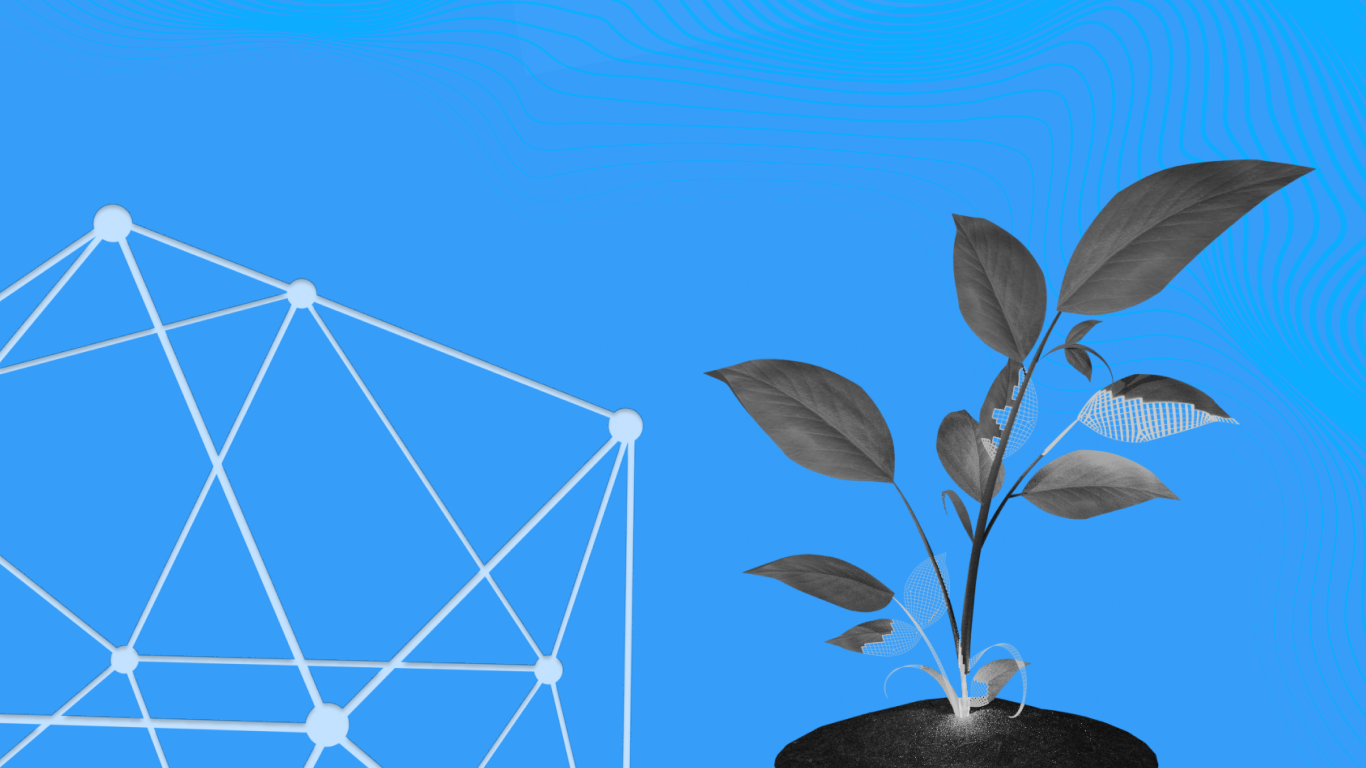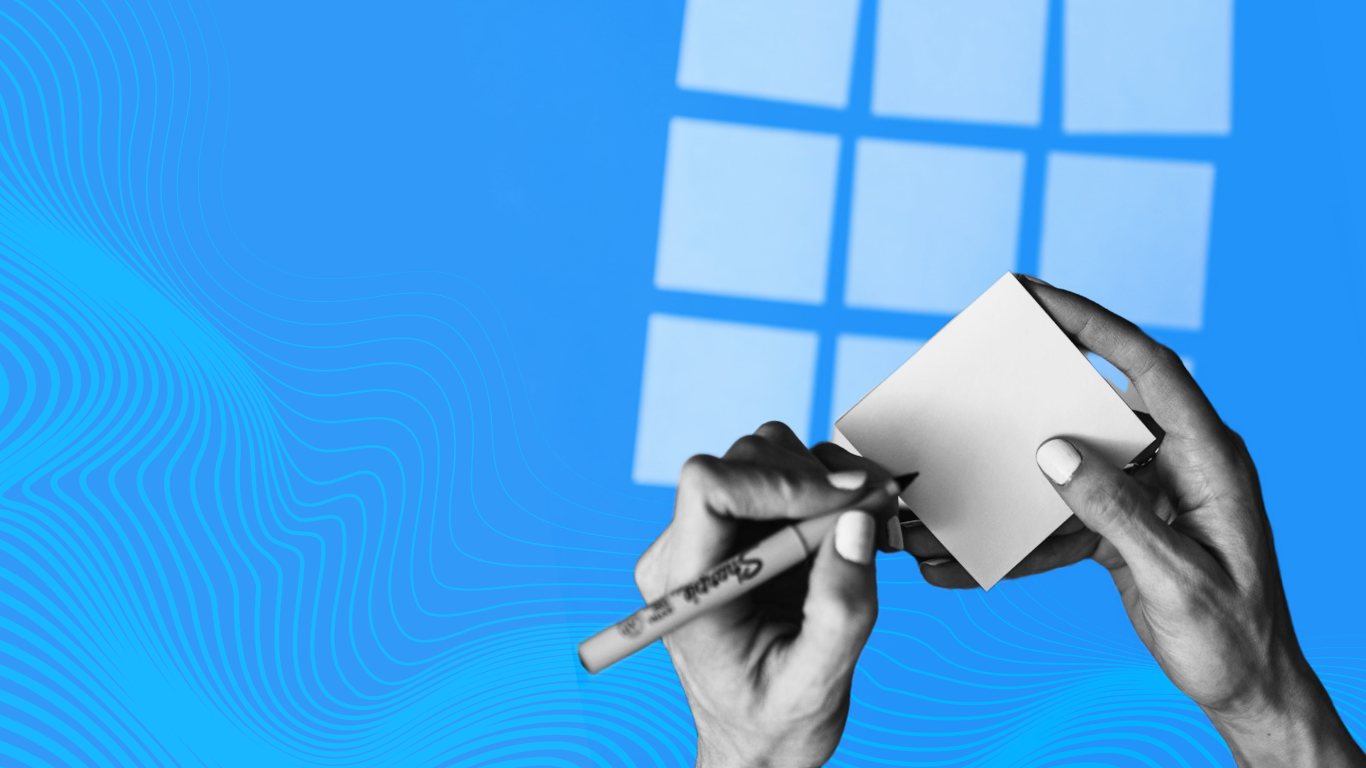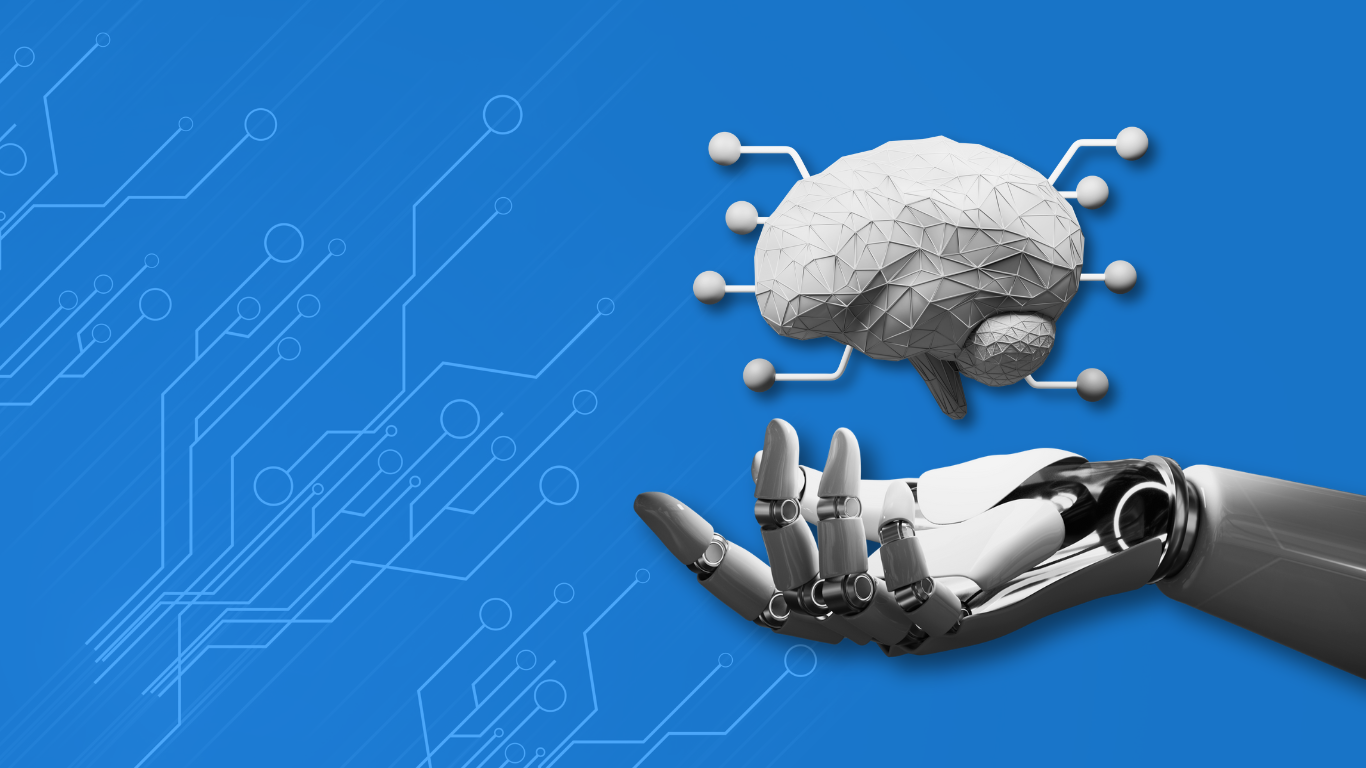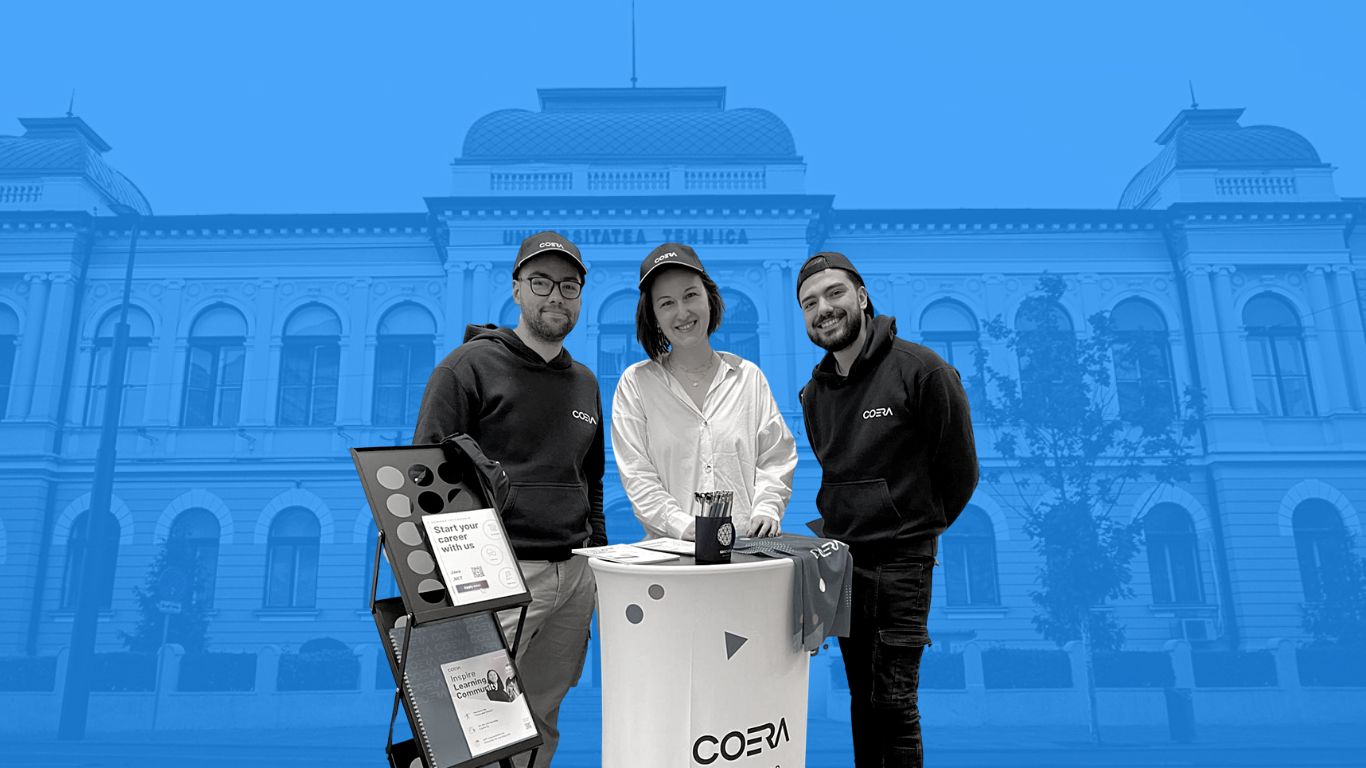WHAT IS DESIGN SPRINT?
Nelu Suciu: A Design Sprint is a 5-day long workshop in which the design team creates a realistic clickable prototype to address a specific business need or as the creators state: “a unique five-day process for solving tough problems”.
The design team is diverse by nature and includes a product/problem owner, business experts, user experience designers and engineers.
WHY DO WE USE THIS METHODOLOGY?
Nelu: Design Sprint is an agile methodology with focus on creative collaboration and aimed to quickly reach a common base for solving problems, assessing new opportunities and optimizing existing products. And as we, as COERA, evolve towards a partner in business, we are more and more involved in the creative process of finding the right solutions before engineering them.
And I have to say, when we started using the methodology, we experienced a high level of engagement amongst participants, and at the end of each session we received rewarding feedback.
WHAT HAVE YOU LEARNT USING THIS APPROACH?
Nelu: Every first design sprint in a customer setting is challenging, the team must learn the methodology and adapt quickly to the dynamics of each day.
More specifically at each sprint, the first 2 days are the most challenging due to the large amount of information flow. The team must understand the specifics of the field of play and the problem they are about to solve.
As with everything the more design sprints a team does together the more experienced it will become in letting creativity flow freely.
Our 3 most essential learnings of a successful Design Sprint are:
1. Bringing business experts to the team is essential, meaning really essential;
2. Always ask questions, even 5 times to make sure the problem is explored in depth;
3. Repeat Design Sprinting for every major module or every Program Increment.
WHAT RESULTS DID WE HAVE USING THIS METHODOLOGY?
Nelu: At the end of a Design Sprint a clickable prototype is the base for building the user interface. The storyboards are used as starting points for elaboration of user stories. The details captured in the „How might we” notes will be distilled and used as specification in the requirements. To validate the result of the project the QA team is using the clickable prototype to check the user journeys.
HOW IS IT HELPFUL IN OUR CURRENT AND FUTURE PROJECTS?
Nelu: The main artefact of the Design Sprint is a realistic prototype that is used to validate ideas with end clients.
By getting feedback from the client before engineering the solution, the solution is improved from the start and developers and testers can understand visually the behavior of the product which shortens the development cycles.









